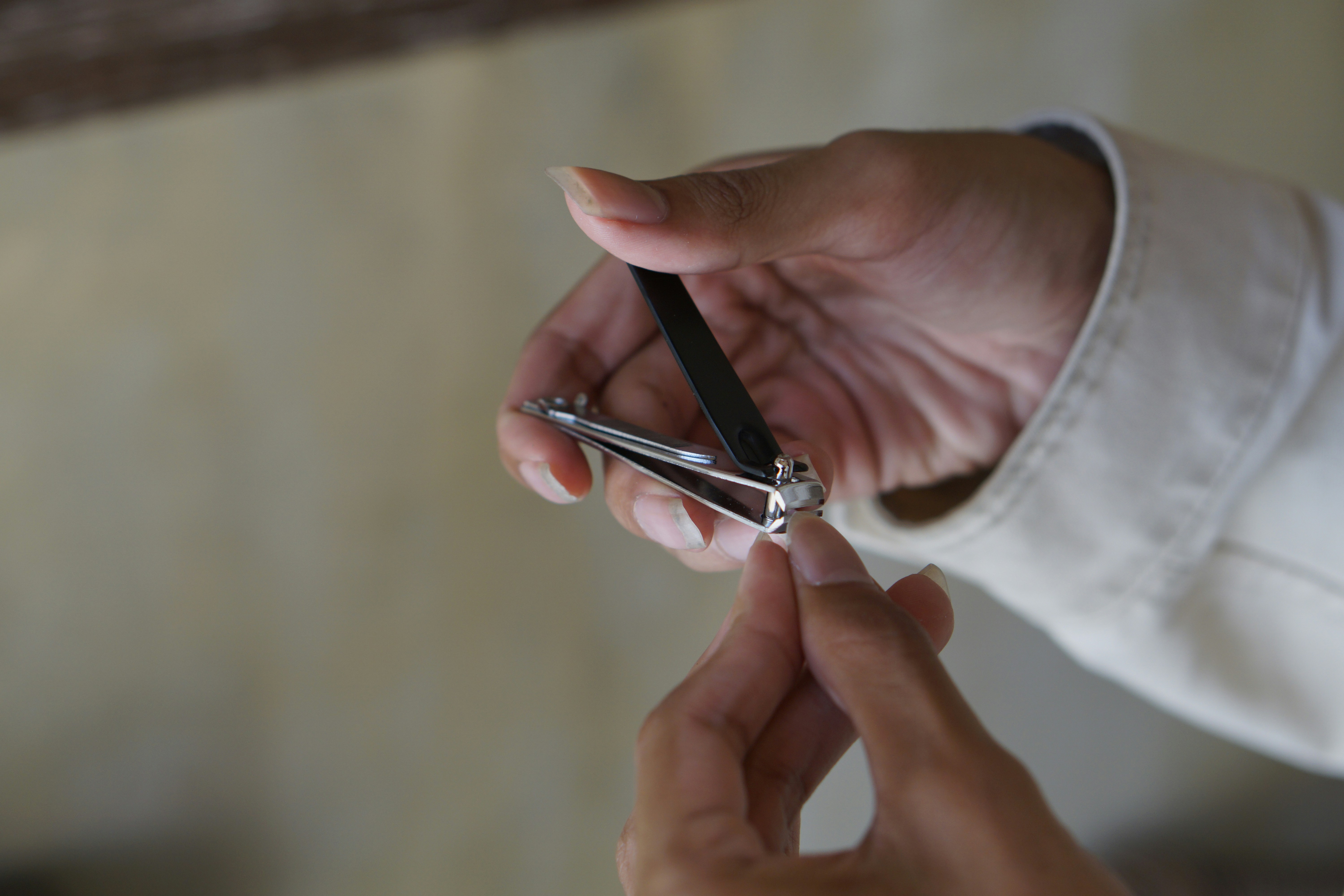Understand What You’re Protecting
Crypto wallets are digital vaults, which makes them prime targets for cybercriminals. They’re not just holding coins they’re often loaded with tokens, NFTs, and sometimes even sensitive identity data. For hackers, that’s a buffet.
There are two broad types of wallets: custodial and non custodial. Custodial wallets are controlled by a third party usually exchanges which hold your private keys on your behalf. Think convenience over control. Non custodial wallets, on the other hand, put you in full charge. You own the private keys, meaning you also carry all the risk. Lose access or get compromised, and there’s no help desk to bail you out.
What’s really at stake here goes beyond just token balances. If your wallet gets hijacked, hackers can drain your assets, swipe high value NFTs, and sometimes leverage bits of identity data for further exploits. A compromised wallet can be like an open door to your entire digital life. So knowing what you’re protecting and how exposed you are should be the first step before doing anything else.
Choose the Right Wallet for Your Needs
Not all crypto wallets are created equal and the right one for you depends on how you plan to use and store your assets. Here’s a breakdown of the major wallet types and when it makes sense to mix them.
Types of Crypto Wallets
1. Hardware Wallets
Physical devices that store your crypto offline (cold storage).
Excellent for long term storage
Immune to most online threats
Requires manual input for transactions
Can be lost or damaged if not physically secured
2. Software Wallets (Desktop & Mobile Apps)
Applications installed on your computer or smartphone.
Convenient for daily transactions
Accessible and user friendly
Vulnerable to malware or device breaches
Ideal for small/medium amounts
3. Mobile Wallets
Optimized for on the go access and quick payments.
Easy to use with QR scanning and NFC
Good for retail or in person transactions
Higher exposure to phishing and mobile malware
4. Desktop Wallets
Installed on a personal PC or laptop with robust features.
Greater control and privacy
Suitable for active traders
Security depends on device hygiene
Choosing the Right Mix
A single wallet type rarely meets all needs. Many experienced users diversify storage to maximize security and accessibility.
Mixing strategies for balanced risk management:
Use a hardware wallet for large, long term holdings
Keep a mobile wallet with small amounts for daily use
Add a desktop wallet on a secure device for trading activity
By combining types, you minimize the exposure of high value assets while maintaining convenience for smaller transactions.
Explore more: cold vs. hot wallets
Secure Your Wallet Like a Pro
Strong security isn’t optional it’s the baseline. Start with two factor authentication (2FA). It adds a layer beyond just a password, making it way harder for anyone to access your wallet without your say so. Text based codes are okay, but an authenticator app or hardware key is better.
Next, don’t recycle passwords. Ever. It’s easy to underestimate how fast one leaked login can compromise multiple accounts. A password manager makes this simple and keeps all your logins in one secure place. You only need to remember one master password just make it good.
Lastly, your recovery phrase (also called a seed phrase) is the keys to your entire wallet. Write it down pen and paper. Don’t screenshot it or store it in a notes app. Then stash it somewhere safe. Think fireproof safe, not your kitchen drawer.
A few minutes of setup today could save you from losing everything tomorrow.
Keep Your Devices Clean and Trusted

Your wallet is only as secure as the device it’s on. First and foremost, make sure your firmware and wallet software are always up to date. Updates often patch known vulnerabilities ignoring them is the fast track to getting drained.
Skip public Wi Fi when accessing your wallets. These networks are hunting grounds for data sniffers and man in the middle attacks. If you really have to connect in public, use a VPN you trust. But truth is, it’s smarter to wait until you’re on a secure connection.
Lastly, don’t skimp on antivirus software. Not just any antivirus use one that plays nice with crypto tools. Some security suites flag or block wallet functions. Choose one with crypto specific protections or whitelist your wallet app manually. The goal: reduce exposure without tripping on your own defenses.
Stay Alert for Common Threats
The weak spot isn’t always your wallet it’s often you. That’s what hackers rely on. Phishing emails disguised as wallet updates or exchange alerts are still rampant. They use urgency and fake logos to trick you into handing over private keys or recovery phrases. If it sounds too panicked or too perfect, pause. Real services won’t ask for sensitive info by email.
Fake wallet apps are another trap. Some even get past app store reviews. Always download wallets directly from official sources. Don’t trust links sent over DM or posted in random forums.
Malware is getting sneakier, too. Some variants target your browser extensions, especially if you use Web3 tools like MetaMask. Others quietly monitor your clipboard, waiting for you to copy a wallet address then swap it with one they control. You might not notice until the funds are long gone.
Social engineering is also escalating. Hackers hang out in Telegram groups, Discord servers, and even Twitter threads. They pose as friendly admins, helpful followers, or customer support. The minute they ask for personal info, run. Legit teams have public channels and support forms never private chats.
Bottom line: stay skeptical, double check sources, and never, ever share your seed phrase.
When in Doubt, Go Cold
If you’re holding crypto for the long haul, cold storage isn’t just smart it’s a must. Unlike hot wallets, which are connected to the internet and constantly exposed to potential exploits, cold wallets stay offline. That makes them harder to hack, plain and simple.
Long term holders aren’t logging in every day to trade or shift assets. So exposing that value to online threats all day, every day? Doesn’t make sense. Cold storage especially hardware wallets like Ledger or Trezor gives you peace of mind. Your keys stay offline, and unless someone physically gets your device (and your PIN), your crypto stays untouched.
Still, cold doesn’t mean careless. Best practice means storing your hardware wallet in a secure physical location ideally a safe. Never keep recovery phrases or backup keys in the same place as your wallet. Paper backups should be waterproof, fire resistant, and out of reach from house guests or anyone curious.
Cold wallets aren’t for day traders. They’re for the people thinking in years, not hours. It’s the digital equivalent of moving your gold bars into a private vault.
Want to go deeper? This cold vs. hot wallets guide breaks it down further, including when it makes sense to use a mix of both.
Final Tips That Actually Matter
When it comes to protecting your crypto assets, common sense goes a long way. These final guidelines may sound simple, but they’re some of the most overlooked practices by even experienced holders.
Don’t Flaunt Your Holdings
Being vocal about your crypto portfolio can attract the wrong kind of attention.
Avoid posting wallet balances or collections on social media
Keep high value holdings private, even in personal conversations
Public bragging can make you a target for phishing or social engineering
Your best defense is anonymity. The less others know about your holdings, the safer you are.
Regularly Review Your Security Setup
Crypto security is not a “set it and forget it” situation. Threats evolve and so should your defenses.
Schedule a security audit every few months
Change passwords and rotate private keys where feasible
Keep software and firmware up to date on all wallet devices
Review permissioned apps connected to your wallets
Proactive maintenance can prevent vulnerabilities from stacking up unnoticed.
Treat Crypto Like Cash
In traditional banking, lost or stolen assets might be recoverable. In crypto, they rarely are.
Double check every address before sending funds
Never store critical information (like seed phrases) online
Backup everything securely and redundantly
Once your crypto is gone, it’s almost impossible to get it back. The best mindset? Handle your digital assets as carefully as you would a stack of bills or a vault key.

 Mary Whitley has been a vital force behind the success of Lend Crypto Volt, focusing on community engagement and user experience. With a passion for connecting people to information, she has worked tirelessly to ensure the platform provides relevant and accessible content for all users. Mary's commitment to fostering an inclusive environment has helped build a strong community of crypto enthusiasts, making Lend Crypto Volt a trusted source for those seeking to understand the cryptocurrency landscape.
Mary Whitley has been a vital force behind the success of Lend Crypto Volt, focusing on community engagement and user experience. With a passion for connecting people to information, she has worked tirelessly to ensure the platform provides relevant and accessible content for all users. Mary's commitment to fostering an inclusive environment has helped build a strong community of crypto enthusiasts, making Lend Crypto Volt a trusted source for those seeking to understand the cryptocurrency landscape.